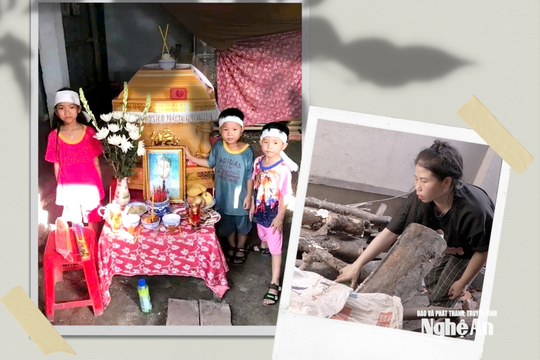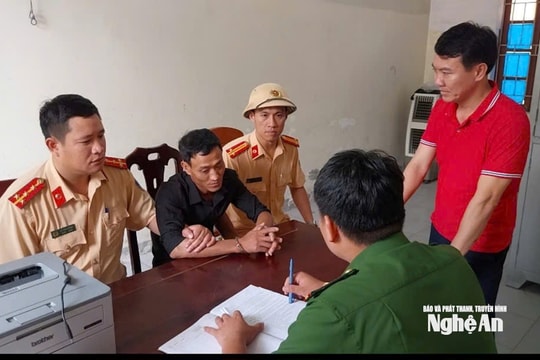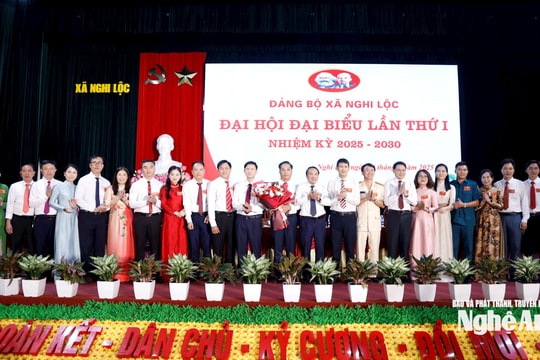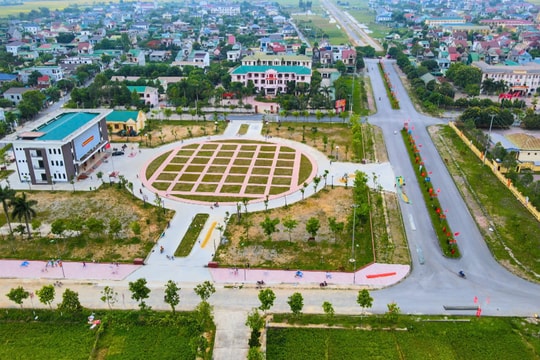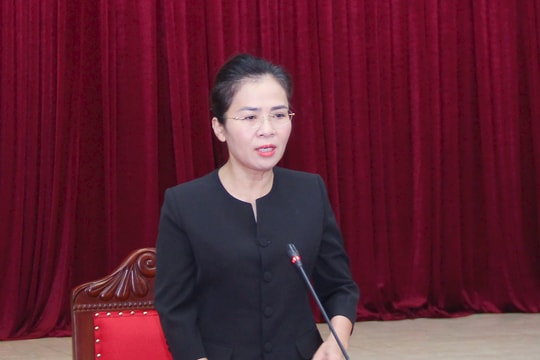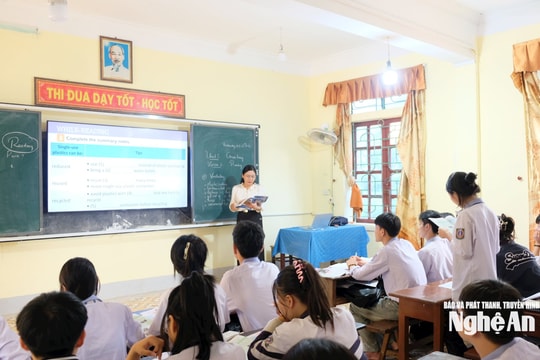About the place where farmers have to spend millions to buy water for daily use
(Baonghean.vn) - My Hoa village (now hamlet 9), Nghi My commune is a low-lying area, considered the flood center of Nghi Loc district. More than one hundred households here not only have to struggle during the flood season but also suffer from a lack of water for daily use all year round.
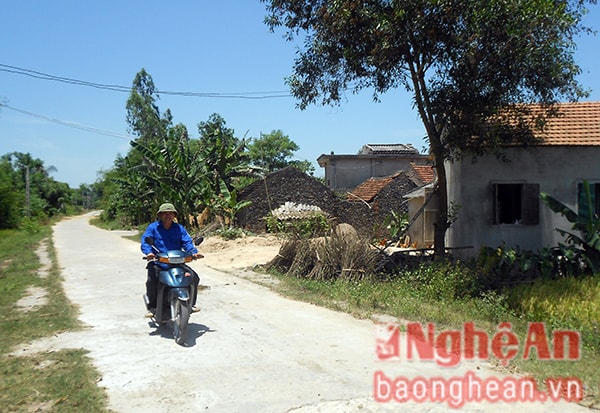 |
| A corner of My Hoa village. |
We arrived at My Hoa village around noon on a day in early June. After a sunny and dusty journey, when we entered the first household in the village, the first place we wanted to go was the well to cool down the scorching heat. But then, everyone was disappointed to see that the water in the well was as yellow as watermelon juice.
Mr. Nguyen Duc Vinh - Party cell secretary of hamlet 9 (My Hoa village) said with concern: "In My Hoa village, almost every house has to use well water like this for washing, bathing, and feeding buffalo and cows. As for normal domestic water like in other villages, we have to buy it so it is very precious, only for cooking."
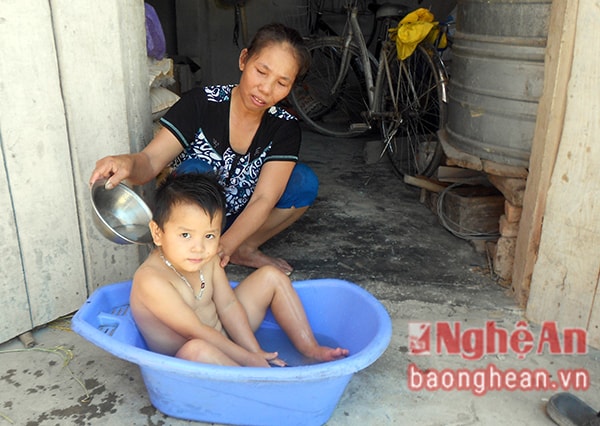 |
| Ms. Ngo Thi Cuong - My Hoa village: "Rainwater and well water are only used for cooking and drinking. Only children are given priority to use this water for bathing." |
When I arrived at Ms. Ngo Thi Cuong's house, she was bathing her 3-year-old grandchild. Ms. Cuong said: "Yesterday, my family bought two cubic meters of water, but in this hot weather, we have to be very frugal. Only children are given priority to bathe with the purchased water. Many times, adults have to reuse the children's bath water."
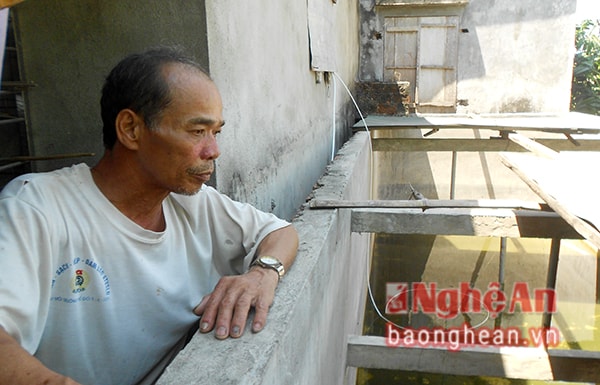 |
| Mr. Vo Van Ly's family built a 20m3 rainwater tank. At the beginning of the year, the tank was full of rainwater, but now it's gone. If it doesn't rain, the family has to buy water like everyone else. |
The scarcity of water for daily use of Ms. Cuong's family is also the common situation of 120 households with 500 people in My Hoa village. Not far from Quan Hanh town, only 10 km to the West, My Hoa village is located between four rice fields: Trot Dinh, Trot Chia, Trot Deu and Dong Den, isolated from other residential areas of Nghi My commune. Being a low-lying area, the underground water source here is often quite abundant, even in the dry season.
However, the groundwater here, from a depth of three meters down, is salty. The water is so salty that it cannot be used for bathing, let alone drinking. Cattle and buffaloes that drink salty groundwater immediately get diarrhea. Many households have spent millions of dong drilling underground wells, testing drill bits all over the village, but not a drop of fresh water can be found anywhere.
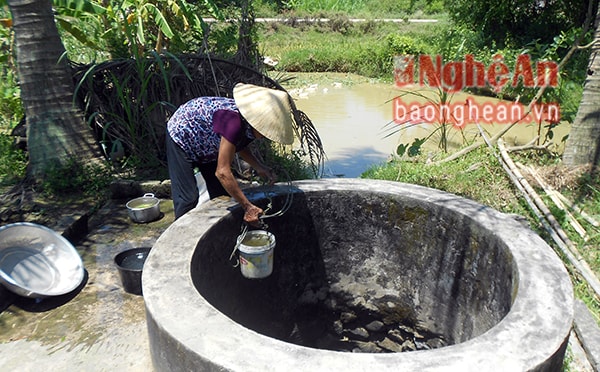 |
| Groundwater is contaminated with salt, many households have to dig shallow wells, let water from ponds and lakes seep in to get water for washing and bathing. |
Previously, the entire My Hoa village shared the water source of Dinh well. The well water was taken from the Moi River next door, flowing through the fields and seeping in. Ten years ago, the Nghi My Commune People's Committee rebuilt the surrounding wall and built a sedimentation tank before the water was brought into the well. Now, because the Moi River water and the water on the surrounding fields are heavily polluted by waste, animal carcasses and pesticides, no one goes to the well to get water anymore.
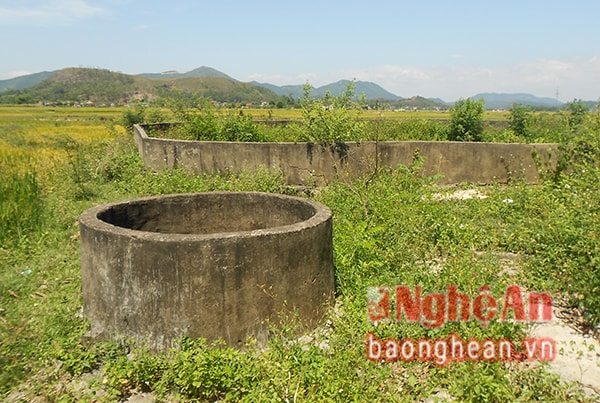 |
| The water source of Dinh well was heavily polluted so the well became abandoned. |
A few households with the means build manual filter systems to improve water quality. Most have no choice but to dig shallow wells next to their ponds, allowing pond water to seep into the wells through the soil. Households without such means must use pond water for daily activities. Due to the frequent use of contaminated water, the risk of contracting gastrointestinal diseases is quite high.
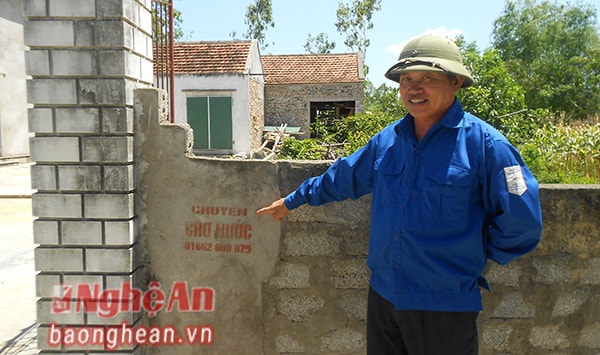 |
| The phone number for "clean water" is printed on every house gate. |
When the surface water source is heavily polluted, the people of My Hoa village have to turn to collecting rainwater for drinking or buying well water from other households. The price of water sold at home is 120,000 to 130,000 VND per cubic meter. In a year, a household uses at least 1.5 million VND for water for cooking and drinking. In a poor, purely agricultural village like My Hoa, that amount of money is not a small amount.
Nhat Tuan
| RELATED NEWS |
|---|

